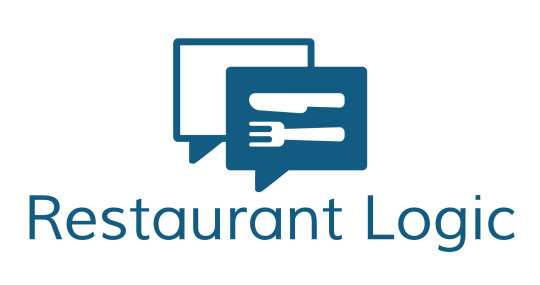


It’s incredibly easy to make New Year’s resolutions – January
1 hits and it seems our motivation is limitless. If you’ve been to the gym
since the new year, you can relate. Every elliptical is occupied, every
treadmill is taken, and even the less than popular free-weight section is busy.
But of course, wait a few weeks and your favorite machine
will be readily available again. Usually by mid-January everyone’s momentum
begins to fade, and the buzz of motivation has worn down. Typically failed
resolutions break down to lack of goals, and eventually – we lose the hustle.
(Super positive way to start off the blog, I know!)
But there is good news! We think that setting goals for your
restaurant marketing is extremely important, and this blog was developed to
help you create some resolutions you can actually keep. We’ve put together some
simple and concrete ways to help you bring some new opportunities to grow sales
in your restaurant. If you’re reading this, you understand the importance of
setting goals – so kudos to you!
Many restaurants don’t set marketing goals and therefore let
the market/weather/trends determine their success or failure. However, thanks
to the internet, there is a lot more in your control than you may think.
As an independent restaurant, it is seemingly becoming more
difficult to compete against the chain restaurants. When we think of chain
restaurants, we often think of their ability to compete in their buying power
and systems, however, my belief is that chain restaurants are less of a food
service establishment and more of a marketing company. Fortunately for
independents, the internet has made the marketing divide between independents
and chains smaller than ever.
The internet, through social media, email marketing, and
online reputation has leveled the playing field, and in some ways, has tipped
it toward independents as consumers increasingly want genuine connection with
the establishments they spend money at. It is immensely easier for independents
to have direct, meaningful interactions with their guests than corporate
marketing teams. I encourage you to use this advantage in 2017.
Before we get into the goal setting process, it’s important
to know what metrics you should be tracking (and no, it’s not just your gross
sales). Here are the 3 metrics to understand as you set this year’s
goals:
1. Guest Counts — how many more people did you drive in the
front door?
2. Per Cover Sales Average — how much revenue did each cover
represent?
3. Advertising Efficiency — how efficient were my
advertising dollars?
Start by understanding your current numbers. Look at your
last 3 years guest count & per cover sales averages, determine what your
standard growth rate is.
I see a lot of restaurants just focusing their goals on
guest counts. Don’t forget that increasing per-cover sales averages just a
little bit can have a huge effect on your bottom line. Your goals should
include driving a higher guest count total (supported with a marketing budget)
AND increasing cover averages.
To make calculating things simpler, we’ve created a
Restaurant Sales Goals worksheet available for you to download free. Simply
visit this link and download the file.
Once you have your historical data entered into the
worksheet above, envision 12/31/2017 and picture what a successful
year looked like. Determine a percentage growth you’d like to achieve in both
guest counts & ticket averages. Adding guest counts may not be realistic in
your market, however, you can always look to increase sales with the guest
counts you have.
Start by writing down your annual goal. Follow the SMART
goals methodology:
Now that you have your year-end goal, back that into
quarterly goals. Using the above worksheet.
For example, let’s say your annual gross sales as of
12/31/2016 were 1,500,000 and your guest count total was 100,000 ($15/cover).
Over the past 3 years, your current average growth rate in per-cover sales is
3% and your guest count average growth rate is 2%. If you keep doing what
you’ve done in the past, your sales would be $1,545,000 and guest count would
be 102,000. Now that you have your baseline established, you can create a SMART
goal for what you’d like to achieve. Yes, I know you’re thinking about the
marketing budget — we’ll get to that in a moment. For now, let’s think about
the growth you’d like to achieve regardless of your budget.
For 2017, let’s say your goal is to increase per-guest sales
by 6% and guest counts by 4%. You now have two marketing strategies to think
about:
Here are a few ideas to get you started:
Here are a few ideas to get you started:
Now that you have some strategies outlined, it is time to
set a budget to support. A typical marketing budget for successful restaurants
is 2–3% of gross sales. To help you set an overall budget, we have created a
budget worksheet for you to download free. Whether you have a large or small marketing
budget, I believe it is important to understand how you can apply that budget
to grow sales.
Last year you said next year, but this year – this year will
be different. Use this blog as the reset button to engage in a year of growth
and opportunity. Stay in control of your
goals so you and your staff can work to grow your restaurant sales immensely in
2017.
-Ken Seneff
